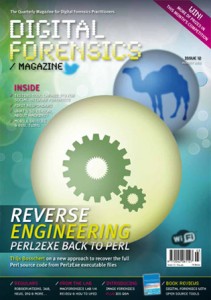Meaningful MD5 Collisions: Creating executables
More than two years ago I worked on meaningful MD5 collisions, especially creating executables files, but I never finished my write up about this until now (hurray for having a sabbatical 😉 ). The idea behind this project was to create multiple executables with the same MD5, but with different behavior. I ended up creating a Perl script which enables you to create a simple skeleton source code which you can use as a basis for your own code, after compilation you can use the same Perl script to create the multiple executables with different behavior. This project does not show a new way to create MD5 collisions, but makes it easy to exploit the weakness by creating executables with MD5 collisions. I based my project on existing research such as HashClash, and used fastcoll to create the collisions. For further information about MD5 collisions, I would like to refer to HashClash.
The MD5 collision executables can potentially be a security issue for MD5 whitelisting, which is still used by some security products. An attacker could potentially first send an executable which is considered safe and then its counterpart which is evil. Since the files will have the same MD5 hash value the first file will have the second file white-listed. The files could further have impact on products which use MD5 hash values to uniquely identify files, such as certain forensics software.
The whole project was inspired by my first MD5 collision experience while playing SmashTheStack IO and by forensic products using MD5 hash values as unique identifiers for files.
Continue reading “Meaningful MD5 Collisions: Creating executables”
